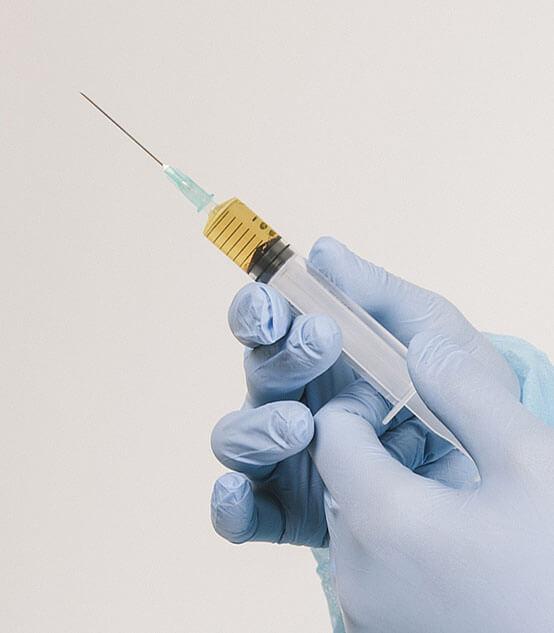COMBINATION THERAPY
Combination therapy is also known as polytherapy. Combination therapy includes procedures used in rehabilitation which combine concomitant physical therapy, kinesiotherapy, prolotherapy, HBOT, and individual spine training.
Physical therapy is a part of physiotherapy where a patient is exposed to various physical factors, which stimulates recovery in tissues. This method uses the following procedures:
– deep electromagnetic stimulation
– deep cavitation stimulation
– high power laser
– local pulse cryotherapy
The most traditional field where physical therapy is employed is orthopaedics. Combination therapy consists in mixing several different stimuli. This enables greater relaxing and pain-relieving effect. Additionally, we offer stimulation of nerves and muscles. Thanks to combination therapy apparatus, we can mix mechanical waves – ultrasounds – with therapeutic electrical current, which results with increased and faster healing effect and rehabilitation as compared to separate use of these therapies. What completes the treatment is high power laser.
This causes faster absorption into tissue, increases cell membrane and skin permeability, and – in combination with needles (PRP, MD Collagen) – a proliferating effect, i.e. stimulation of collagen production.
Combination therapy used in rehabilitation is a concentration of various properties. It is best known for resulting in pain relief, anti-inflammatory effect, chemical stimulation, metabolism boosting in cells, relaxation through reducing muscle tone, nerve- and muscle-stimulation, joint movement increase, metabolic process boost, faster tissue regeneration, improvement of tissue condition, anti-oedema effect, improvement of blood circulation in tissue, relaxation, increase in the extensibility of collagen fibres.
Basic indications for combination therapy in physiotherapy:
– pain syndromes in degenerative joint disease of the spine, including: lumbar myalgia, discopathy, sciatica, brachialgia
– calcaneal spur, bunions
– muscle, tendon sheath and tendon inflammation
– post-traumatic conditions: dislocations, sprains, contusions, strains, bruises
– tennis elbow, golfer’s elbow
– scapulohumeral periarthritis
– carpal tunnel syndrome
– post-injury and post-operative scars
– degenerative peripheral joint disease of joints such as knee joints, hip joints, shoulder joints, palm and foot joints
– chronic joint arthritis
– soft tissue calcification
– neuralgia of known origin
– trigeminal nerve neuralgia
– contractures
– alleviation of pain, muscle contraction and joint contractures
– bursitis
– capsulitis
– myositis
– soft tissue damage
– shortening of tendons caused by old injuries and scars
– myopathy
– tendinopathy
– tenosynovitis
– conditions resulting from overload
– post-operative conditions
– rheumatoid diseases
– neuralgia
– contractures
– problems with bone healing
– peripheral circulation disorders
– periarthritis
– post-injury conditions of joints and muscles
– post-stroke and post-brain injury conditions
– achillodynia
– arthrosis
– medial epicondylitis
– periostosis


